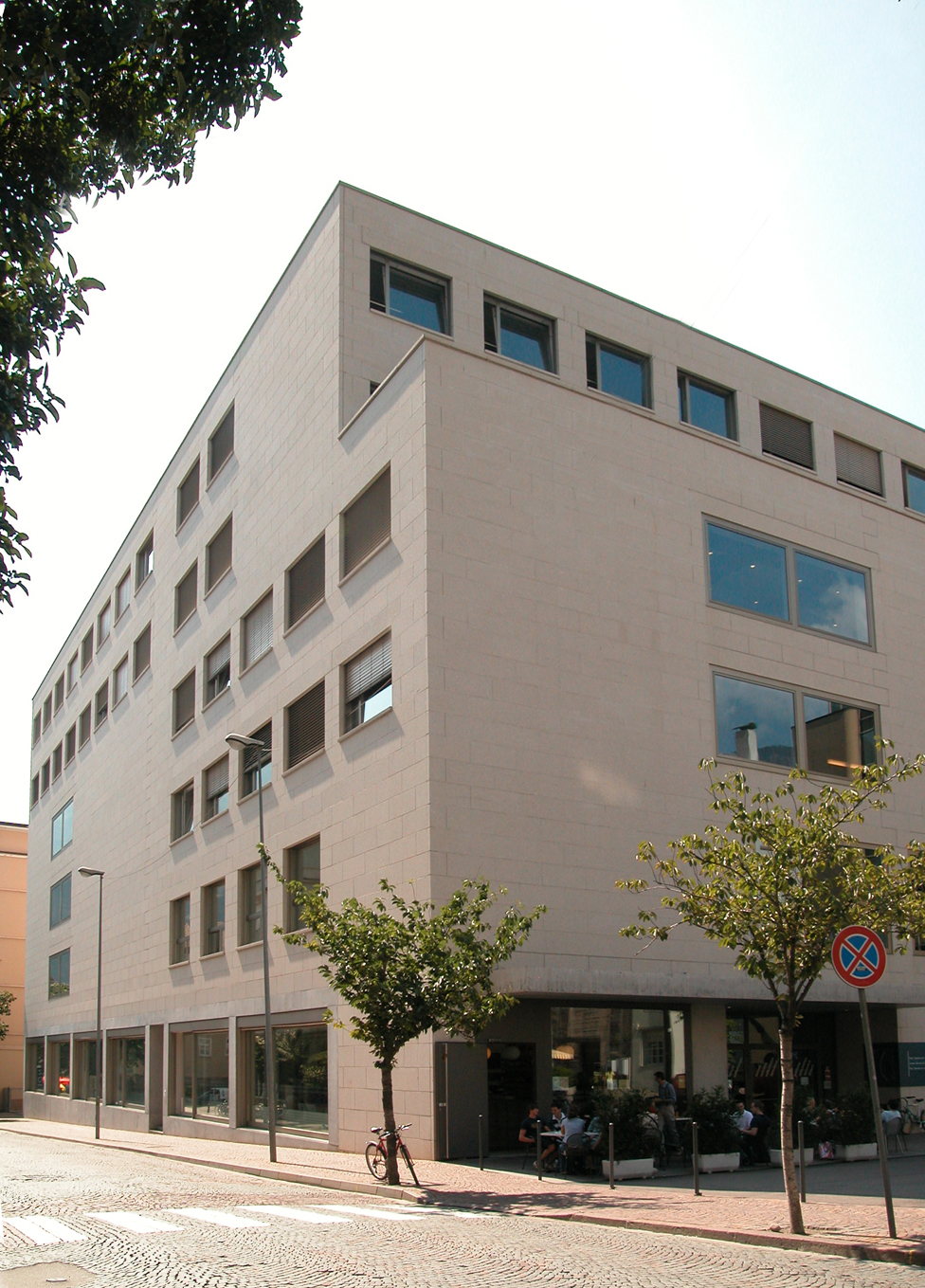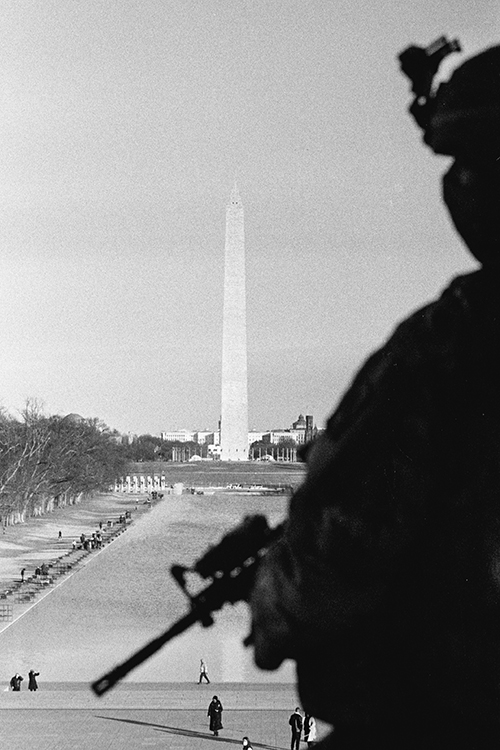|
Visual Journalism
Visual journalism is the practice of strategically combining words and images to convey information. Universal Visual journalism is premised upon the idea that at a time of accelerating change, often words cannot keep pace with concepts. Visual journalism incorporates ancient symbols that resonate with humans across cultures and time and conveys meaning instantaneously at a deep level. Visual journalism is an outgrowth of the practice of graphic facilitation and recording that began entering corporate board rooms, conferences, and think tank meetings in the 1970s with the leadership of David Sibbet, founder of The Grove Consultants International. But its roots date back to ancient cave paintings and carry forward in the work of designers, architects, and engineers. Only recently has interactive visualization of this sort moved out into common use in a variety of group engagements. The scholarly father of this visual form of communication is Robert Horn, Ph.D., a fellow at Stanford ... [...More Info...] [...Related Items...] OR: [Wikipedia] [Google] [Baidu] |
Symbol
A symbol is a mark, sign, or word that indicates, signifies, or is understood as representing an idea, object, or relationship. Symbols allow people to go beyond what is known or seen by creating linkages between otherwise very different concepts and experiences. All communication (and data processing) is achieved through the use of symbols. Symbols take the form of words, sounds, gestures, ideas, or visual images and are used to convey other ideas and beliefs. For example, a red octagon is a common symbol for "STOP"; on maps, blue lines often represent rivers; and a red rose often symbolizes love and compassion. Numerals are symbols for numbers; letters of an alphabet may be symbols for certain phonemes; and personal names are symbols representing individuals. The variable 'x', in a mathematical equation, may symbolize the position of a particle in space. The academic study of symbols is semiotics. In cartography, an organized collection of symbols forms a legend for a map ... [...More Info...] [...Related Items...] OR: [Wikipedia] [Google] [Baidu] |
Cave Painting
In archaeology, Cave paintings are a type of parietal art (which category also includes petroglyphs, or engravings), found on the wall or ceilings of caves. The term usually implies prehistoric origin, and the oldest known are more than 40,000 years old (art of the Upper Paleolithic), found in the caves in the district of Maros ( Sulawesi, Indonesia). The oldest are often constructed from hand stencils and simple geometric shapes.M. Aubert et al., "Pleistocene cave art from Sulawesi, Indonesia", ''Nature'' volume 514, pages 223–227 (09 October 2014). "using uranium-series dating of coralloid speleothems directly associated with 12 human hand stencils and two figurative animal depictions from seven cave sites in the Maros karsts of Sulawesi, we show that rock art traditions on this Indonesian island are at least compatible in age with the oldest European art. The earliest dated image from Maros, with a minimum age of 39.9 kyr, is now the oldest known hand stencil in the world. In ... [...More Info...] [...Related Items...] OR: [Wikipedia] [Google] [Baidu] |
Interactive Visualization
Visualization or visualisation (see spelling differences) is any technique for creating images, diagrams, or animations to communicate a message. Visualization through visual imagery has been an effective way to communicate both abstract and concrete ideas since the dawn of humanity. Examples from history include cave paintings, Egyptian hieroglyphs, Greek geometry, and Leonardo da Vinci's revolutionary methods of technical drawing for engineering and scientific purposes. Visualization today has ever-expanding applications in science, education, engineering (e.g., product visualization), interactive multimedia, medicine, etc. Typical of a visualization application is the field of computer graphics. The invention of computer graphics (and 3D computer graphics) may be the most important development in visualization since the invention of central perspective in the Renaissance period. The development of animation also helped advance visualization. Overview The use of visuali ... [...More Info...] [...Related Items...] OR: [Wikipedia] [Google] [Baidu] |
Stanford University
Stanford University, officially Leland Stanford Junior University, is a private research university in Stanford, California. The campus occupies , among the largest in the United States, and enrolls over 17,000 students. Stanford is considered among the most prestigious universities in the world. Stanford was founded in 1885 by Leland and Jane Stanford in memory of their only child, Leland Stanford Jr., who had died of typhoid fever at age 15 the previous year. Leland Stanford was a U.S. senator and former governor of California who made his fortune as a railroad tycoon. The school admitted its first students on October 1, 1891, as a coeducational and non-denominational institution. Stanford University struggled financially after the death of Leland Stanford in 1893 and again after much of the campus was damaged by the 1906 San Francisco earthquake. Following World War II, provost of Stanford Frederick Terman inspired and supported faculty and graduates' entrepreneu ... [...More Info...] [...Related Items...] OR: [Wikipedia] [Google] [Baidu] |
Cartouche
In Egyptian hieroglyphs, a cartouche is an oval with a line at one end tangent to it, indicating that the text enclosed is a royal name. The first examples of the cartouche are associated with pharaohs at the end of the Third Dynasty, but the feature did not come into common use until the beginning of the Fourth Dynasty under Pharaoh Sneferu. While the cartouche is usually vertical with a horizontal line, if it makes the name fit better it can be horizontal, with a vertical line at the end (in the direction of reading). The ancient Egyptian word for cartouche was , and the cartouche was essentially an expanded shen ring. Demotic script reduced the cartouche to a pair of brackets and a vertical line. Of the five royal titularies it was the ''prenomen'' (the throne name), and the "Son of Ra" titulary (the so-called '' nomen'' name given at birth), which were enclosed by a cartouche. At times amulets took the form of a cartouche displaying the name of a king and placed in tombs. ... [...More Info...] [...Related Items...] OR: [Wikipedia] [Google] [Baidu] |
Daniel Pink
Daniel H. Pink (born July 23, 1964) is an American author. He has written seven books; five of them are ''New York Times'' bestsellers. He was a host and a co- executive producer of the 2014 National Geographic Channel social science TV series ''Crowd Control''. From 1995 to 1997, he was the chief speechwriter for Vice President Al Gore. Early life and education Pink grew up in Columbus, Ohio and graduated from Bexley High School in 1982. He is also a 1986 Phi Beta Kappa graduate of Northwestern University where he was a Truman Scholar. He received a Juris Doctor degree from Yale Law School, where he was editor-in-chief of the Yale Law & Policy Review. Upon graduating law school, Pink immediately began working in politics and economic policy. From 1993 to 1995, he was special assistant to Secretary of Labor Robert Reich. From 1995 to 1997, he worked as the chief speechwriter for Vice President Al Gore. In 1997 he quit his job going out on his own, an experience he describe ... [...More Info...] [...Related Items...] OR: [Wikipedia] [Google] [Baidu] |
Free University Of Bozen-Bolzano
The Free University of Bozen-Bolzano (Italian language, Italian: ''Libera Università di Bolzano'', German language, German: ''Freie Universität Bozen'', Ladin language, Ladin: ''Università Liedia de Bulsan'') is a university primarily located in Bolzano, South Tyrol, Italy. It was founded on 31 October 1997 and is organized into five Faculties. The Free University of Bozen-Bolzano (unibz) aims to offer students a multilingual, practice-oriented education that meets the demands of the local and the European labor market. Lectures and seminars are held in Italian language, Italian, German language, German and English language, English. The only exception is the Faculty of Education, which offers Italian, German and Ladin language, Ladin speaking students separate training sections. The university offers study programmes ranging from bachelor's degrees to doctorates. The emphasis of teaching is to provide theoretically sound and practice-orientated training. A large proportio ... [...More Info...] [...Related Items...] OR: [Wikipedia] [Google] [Baidu] |
Broadcast Journalism
Broadcast journalism is the field of news and journals which are broadcast by electronic methods instead of the older methods, such as printed newspapers and posters. It works on radio (via air, cable, and Internet), television (via air, cable, and Internet) and the World Wide Web. Such media disperse pictures (static and moving), visual text and sounds. Description Broadcast articles can be written as "packages", "readers", "voice-overs" (VO) and "sound on tape" (SOT). A "sack" is an edited set of video clips for a news story and is common on television. It is typically narrated by a reporter. It is a story with audio, video, graphics and video effects. The news anchor, or presenter, usually reads a "lead-in" (introduction) before the package is aired and may conclude the story with additional information, called a "tag". A "reader" is an article read without accompanying video or sound. Sometimes an "over the shoulder digital on-screen graphic" is added. A voice-over, or V ... [...More Info...] [...Related Items...] OR: [Wikipedia] [Google] [Baidu] |
Photojournalism
Photojournalism is journalism that uses images to tell a news story. It usually only refers to still images, but can also refer to video used in broadcast journalism. Photojournalism is distinguished from other close branches of photography (such as documentary photography, social documentary photography, war photography, street photography and celebrity photography) by having a rigid ethical framework which demands an honest but impartial approach that tells a story in strictly journalistic terms. Photojournalists contribute to the news media, and help communities connect with one other. They must be well-informed and knowledgeable, and are able to deliver news in a creative manner that is both informative and entertaining. Similar to a writer, a photojournalist is a journalist, reporter, but they must often make decisions instantly and carry camera, photographic equipment, often while exposed to significant obstacles, among them immediate physical danger, bad weather, large crow ... [...More Info...] [...Related Items...] OR: [Wikipedia] [Google] [Baidu] |
Video Journalism
Video journalism or videojournalism is a form of journalism, where the journalist shoots, edits and often presents his or her own video material. Background A predecessor to video journalism first appeared in the 1960s in the USA, when reporters had to write and shoot their own stories.probably 88Roman Mischelulgvyy5ugu ''Definition, Geschichte und Gegenwart'', onlinejournalismus.de, 9. Februar 2005 (21. November 2006g5uvyc Chevy u guv)/ref> Michael Rosenblum compared the introduction of video cameras to the invention of the portable camera in the 1930s: film spools of plastic made photography independent from heavy plates and tripods, and digital video technology liberates TV from heavy electronic news gathering (ENG) equipment, artificial light and television studios in much the same manner. Video journalism makes it possible for videographers to document any event while it is still occurring. Michael Rosenblum: ''Vom Zen des Videojournalismus'', in: Andre Zalbertus/ Rosenblum ... [...More Info...] [...Related Items...] OR: [Wikipedia] [Google] [Baidu] |
News Design
News design is the process of arranging material on a newspaper page, according to editorial and graphical guidelines and goals. Main editorial goals include the ordering of news stories by order of importance, while graphical considerations include readability and balanced, unobtrusive incorporation of advertising. News design incorporates principles of graphic design and is taught as part of journalism training in schools and colleges. Overlapping and related terms include layout, makeup (formerly paste up) and pagination. The era of modern newspapers begins in the mid-nineteenth century, with the Industrial Revolution, and increased capacities for printing and distribution. Over time, improvements in printing technology, graphical design, and editorial standards have led to changes and improvements in the look and readability of newspapers. Nineteenth-century newspapers were often densely packed with type, often arranged vertically, with multiple headlines for each article ... [...More Info...] [...Related Items...] OR: [Wikipedia] [Google] [Baidu] |






